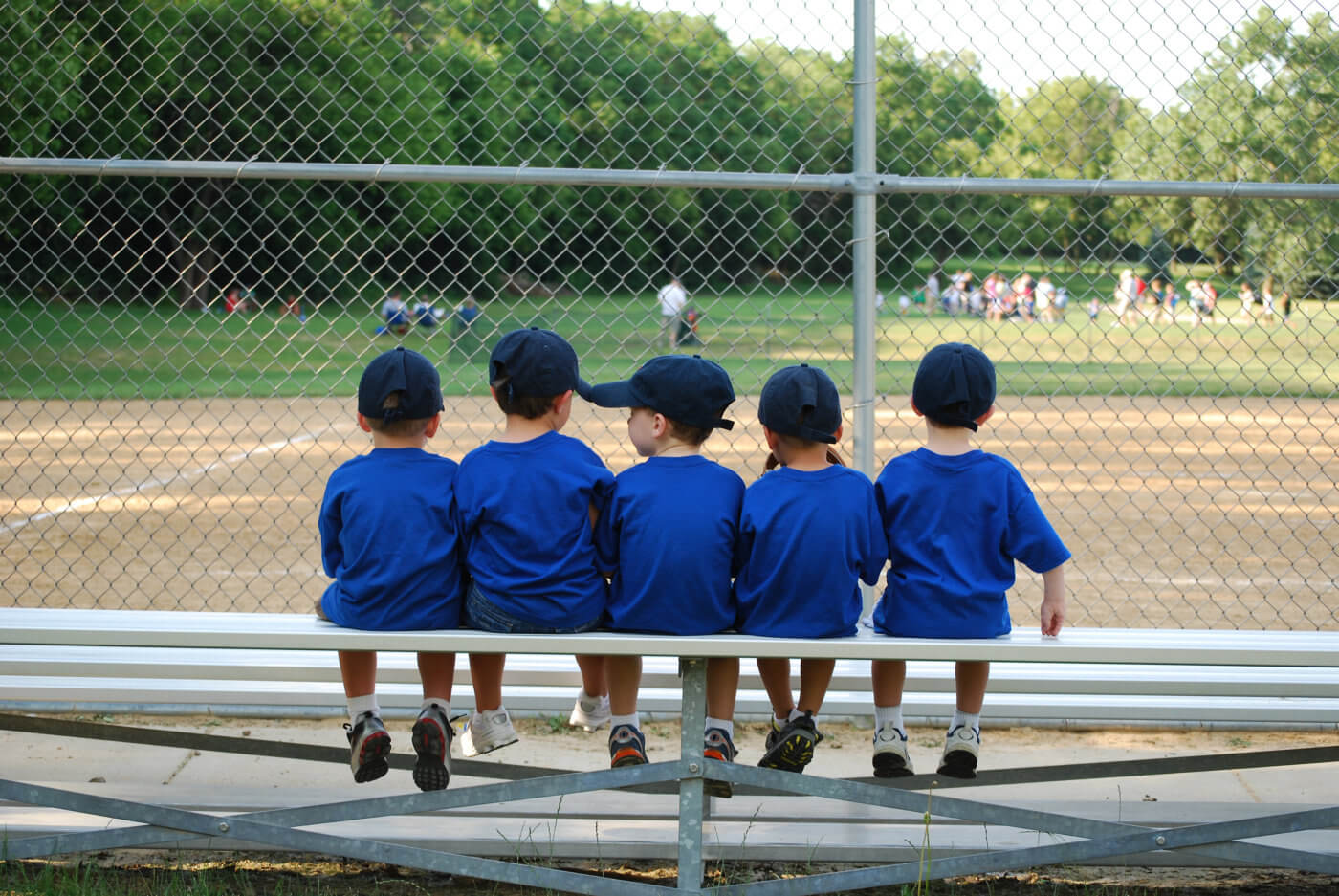
There’s a dilemma that each coach of a youth sports team will run into during the course of a season: should youth athletes get equal playing time?
It’s not an issue that is so cut and dry—much of it depends on things like the league rules, game-time situation, the age of players involved and even each of their skill levels.
But, competition is an important part of sports, and while a typical practice is one of the best ways to prepare young athletes who are learning how to play, it doesn’t compare to the lessons learned during an actual game-time scenario.
Invest in Every Kid Equally
Aspen Institute’s Project Play, which shares knowledge that helps stakeholders build healthy communities through sports, recommends that through age 12 sports programs invest in every kid equally.
Their reasoning suggests that playing time is a “developmental tool” and so by allowing certain players to play more time based on skill level, you’re hindering that development in other athletes.
Project Play’s annual State of Play report shows that what kids want most out of their sports experience is both action and access to the action.
So, if you want to grow the game and foster participation, then you need to allow athletes the opportunity to participate. And greater participation across all sports is required.
Game time is an excellent opportunity for players to put to practice the skills they have learned and developed over the course of weeks and months of hard work. It also gives them a chance to experience fans in the stands and deal with in-game questions, solve problems quickly and work together as a team.
Building Interest And Encouraging Development
For coaches who are looking to both develop an interest in a sport for the kids and help the kids develop skills related to that sport—even outside the physical aspects to mental aspects such as critical thinking and teamwork—there are some things you can consider when deciding whether or not to give every player on your team equal playing time.
- What are we trying to achieve: If your goal in a regular exhibition game is to give real-time experiences to players and encourage them to put into practice what they have been working on, then it makes sense to rotate players based on time played. However, as you progress into tournament play where games have greater consequences, you can amend that equal playing time to create the greatest opportunity to win and advance—you need to weigh the benefits of equal playing time vs. extending your opportunity to play and continue in tournament play.
- Development: Young players develop at different rates. “The reality of development is we don’t know who is going to break through,” says Kristjaan Speakman, Sporting Director at Sunderland AFC. Player development can be non-linear and the best player at the beginning of the season may not necessarily be the best player on your team 2 months later. Giving players equal playing opportunities lets you as a coach see at what rate players develop and show you ways to help them improve their skills at other levels.
- Allow players to win positions: By giving players opportunities to perform at practice and in game-time situations, you’re testing different players to see how they react to added pressure and constructive criticism. You can allow players to compete for which position they play in and whether or not they start the game out in that position. This encourages players to take a personal interest in bettering themselves and learning the ins and outs of the position they want to play. It encourages hard work and shows them that there is a reward for the work they put in.
The question of allowing equal playing time is a nuanced one. Consider the advantages of allowing children to develop in certain game-time situations and communicate often with players and parents about your plan to let them play. Ultimately, your goal as a coach is to teach athletes how to play the game and encourage them to have fun while they compete.



